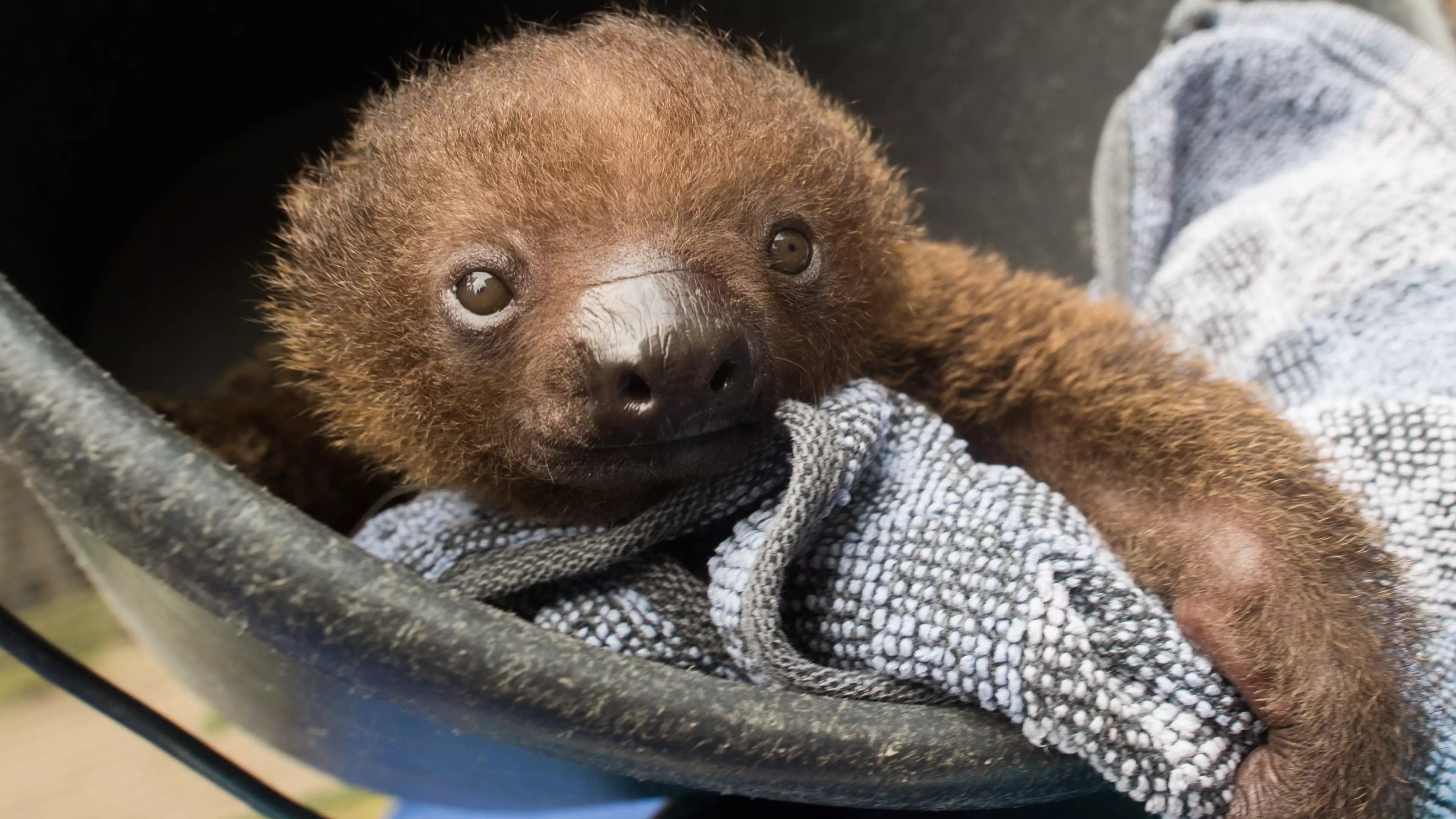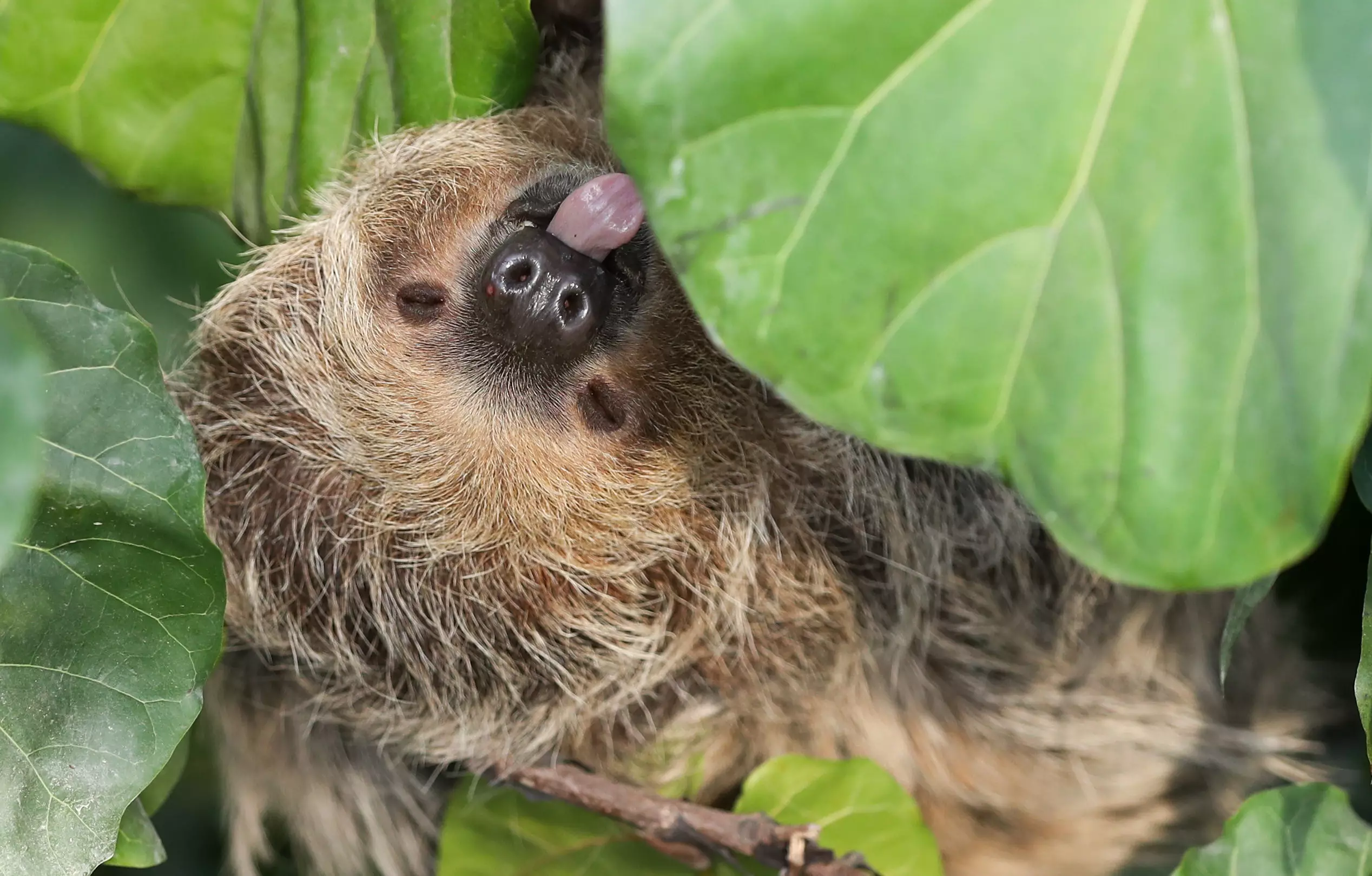
Today is arguably the most important day of the year. More important than Halloween. More important than Christmas. Even more important than St. Patrick's Day.
Yes, we're talking about International Sloth Day. A full 24 hours dedicated to honouring the adorable, slow-moving, tree-dwelling mammals.

But while this is cause for celebration, it's also a significant time to highlight the grim issue of sloth selfies and how they're damaging the health and well-being of these peaceful creatures.
Advert
Because today might be for humans to learn a thing or two about the sloth's laid back nature, but it's also for raising awareness about the many sloths that get get injured, captured to be sold as pets or even killed by humans.
In the case of sloth selfies, according to World Animal Protection, each year, hundreds of sloths are taken from the wild to be used as photo props for tourists. And taking these animals out of their natural habitat is harmful.
Is a 'cool' Instagram snap worth damaging animal's health? No, would be the answer to that.
Out of the six species of sloths, apparently the brown-throated three-toed breed are the ones most commonly used for tourist entertainment.
Advert
And although handling these creatures might seem like an exciting prospect, past scientific investigations have found that being passed from person to person can cause them physical and psychological stress.
With this in mind, World Animal Protection examined and analysed sloths' behaviour both while they were in a natural environment and while they were being handled, in a bid to monitor their welfare.
What they found is that the sloths who were being used for tourism were more vigilant, suggesting they may have been fearful of their surroundings, slept less (which is the opposite of what sloths like to do best) and they behaved in ways considered abnormal for the species.
World Animal Protection's Gemma Carder said: "We concluded that it's highly likely that some of the behaviours observed are indicators of fear, stress and anxiety caused by direct physical contact with people."
Advert
In other words, it totally sucks - no one wants to see an animal in pain or distress. So what can you do about it?
Well, you can take part in the Wildlife Selfie Code campaign by signing up to a pledge on this link. And you can share the campaign on social media if you're up to it, in order to get the word out there. Because as the campaign states, sloths are not for entertainment: "There's no excuse, it's abuse."
Featured Image Credit: PATopics: Animal Cruelty, Animal Welfare